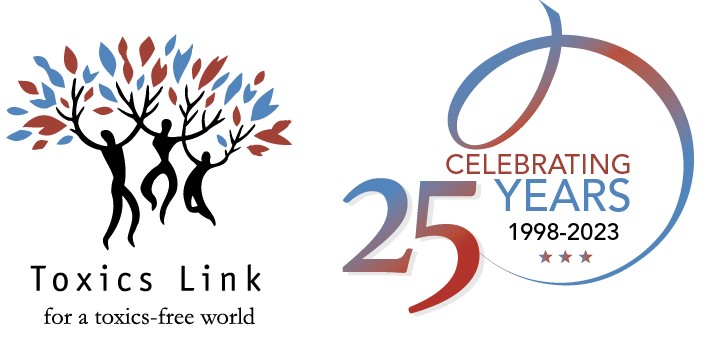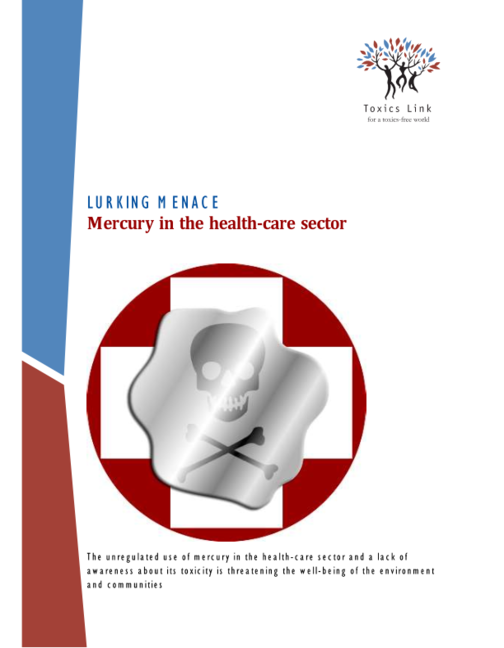

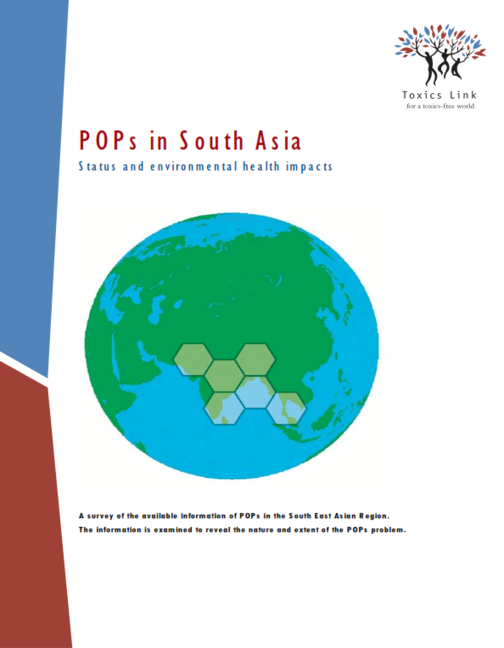
POPs in South Asia: Status and environmental health impacts
POPs in South Asia: Status and environmental health impacts Title: POPs in South Asia: Status and environmental health impactsPublication Type: Research ReportsYear of Publication: 2004Abstract: This report presents comprehensive information on Persistent Organic...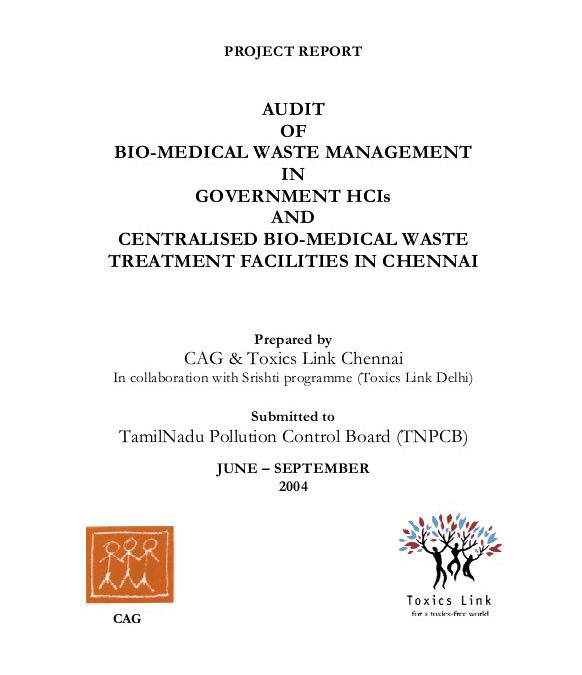
Audit of Bio-Medical Waste Management in Government HCIs and Centralised Bio-Medical Waste Treatment Facilities in Chennai
Audit of Bio-Medical Waste Management in Government HCIs and Centralised Bio-Medical Waste Treatment Facilities in Chennai Title: Audit of Bio-Medical Waste Management in Government HCIs and Centralised Bio-Medical Waste Treatment Facilities in ChennaiPublication...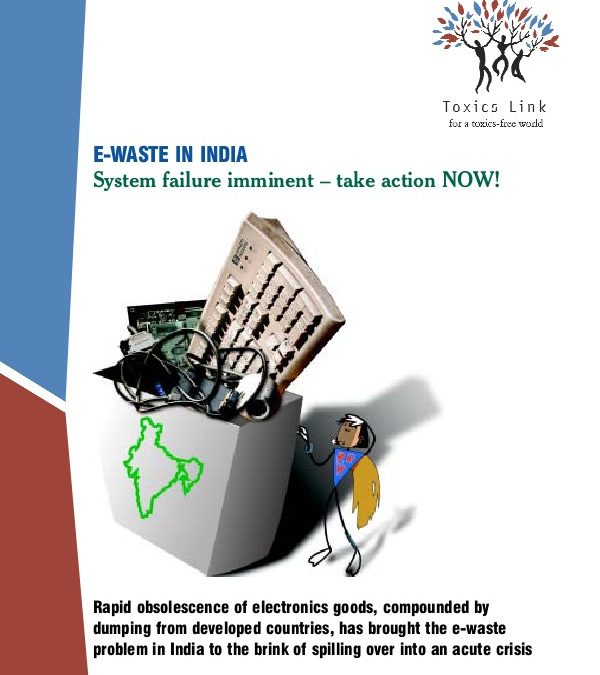
E-WASTE IN INDIA: System Failure Imminent – Take Action NOW!
When you consider that the electronics industry is the fastest growing manufacturing industry, it is not surprising that discarded electronic waste is the fastest growing stream of waste in industrialised countries. The way these countries deal with this problem is to unethically export such e-waste to developing countries such as India, China and Pakistan, thereby shifting the onus of development to communities that are ill-equipped to deal with such waste. E-waste contains over 1,000 different substances and chemicals, many of which are toxic and are likely to create serious problems for the environment and human health if not handled properly. However, classification of e-waste as hazardous, or otherwise, depends on the amount of hazardous constituents present in it. The rapid obsolescence of electronics goods, compounded by dumping from developed countries, has brought the e-waste problem in India to the brink of spilling over into an acute crisis.
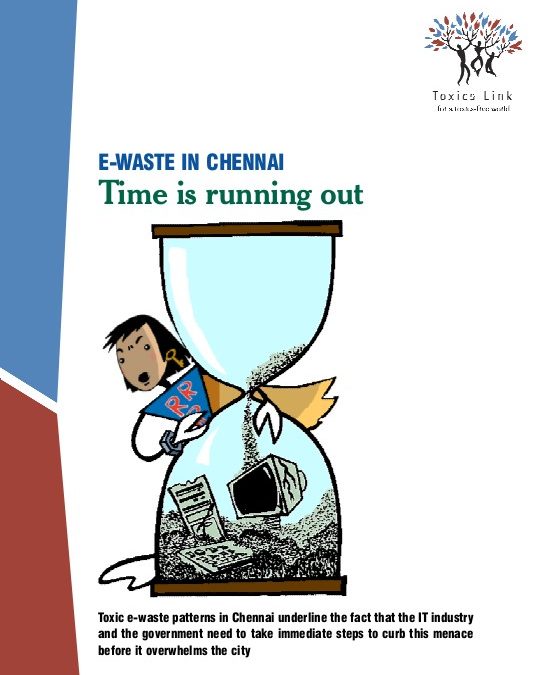
E-Waste in Chennai: Time is running out
Toxic e-waste patterns in Chennai underline the fact that the IT industry and the government need to take immediate steps to curb this menace before it overwhelms the city. Electronic waste, or e-waste as it is popularly called, is a collective terminology for the entire stream of electronic wastes such as used TVs, refrigerators, computers, mobile phones, etc. Computer waste is the most significant of all e-waste due to the gigantic amounts as well as the rate at which it is generated. E-waste is of particular concern to India. According to a report on the Indian IT Sector by Radha Gopalan, the rate of obsolescence of computers in India is 2% per week, that is, in 50 weeks time the value of the computer is effectively zero. To take stock of the scenario of e-waste, especially computer waste, Toxics Link conducted a pioneering study in and around Delhi. Fearing that the findings could just be a tip of an iceberg, Toxics Link has decided to conduct a similar study in South India.
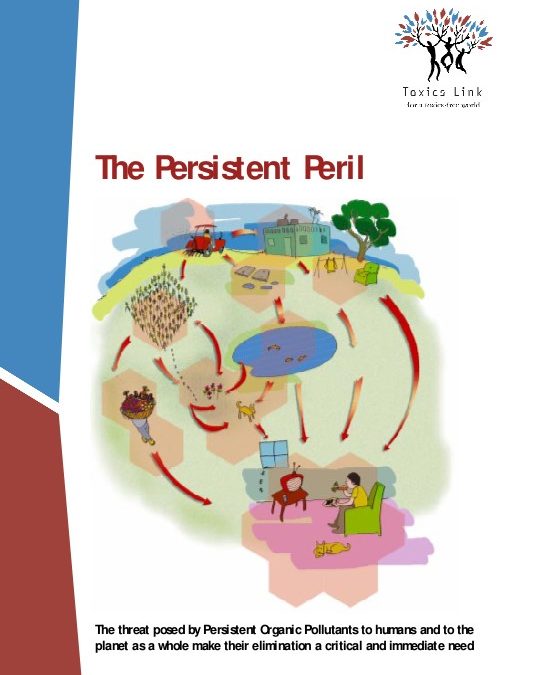
The Persistent Peril: Persistent Organic Pollutants
The threat posed by Persistent Organic Pollutants (POPs) to humans and to the planet as a whole make their elimination a critical and immediate need. The Stockholm Convention on Persistent Organic Pollutants (POPs) has helped classify a set of chemicals which are especially toxic for the environment as well as human health. POPs are chemicals of concern globally because, though they may be locally manufactured and used, they impact the globe owing to their ability to travel long distances through a variety of media and pathways. Their impact has been recognised as deadly, since these chemicals accumulate in animal fat, magnify up the food chain and do not break down. They cause a variety of serious health effects in the short term as well as long term. Children and pregnant women are especially vulnerable to POPs. They may be unsafe even at unbelievably low contaminations, the timing of the exposure being as critical as its dosage. Recognising them as a global problem is the first step towards taking global action for their minimisation and ultimate elimination.
